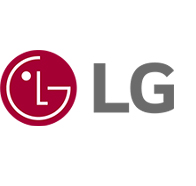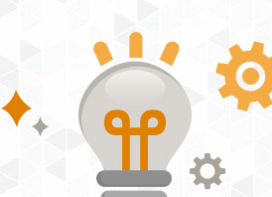Let's find out more.
Refrigerant flows through the evaporator inside the refrigerator to create cold air. This process creates frost around the evaporator.
➔ After the refrigerator runs for a certain period, it goes into a defrost cycle to melt the accumulated frost. During this defrost cycle, you might hear noises as the melting ice or water drips onto the heater below the evaporator and quickly evaporates.
You might also hear sounds during the defrost cycle as the heater warms the evaporator, causing the surrounding plastic casing to expand and contract.
See below for information about other refrigerator noises.
Try this.
Do you hear cracking or popping sounds?
➔ Cracking or popping sounds are caused by the various components inside the refrigerator expanding and contracting due to temperature changes. These sounds are normal.
Clicking sounds are caused by the various control components activating, similar to the sound of a switch being flipped.
Do you hear whooshing or hissing sounds after closing the door?
➔ Whooshing or hissing sounds immediately after closing the door are caused by the warm air that entered when the door was open being rapidly cooled. This creates a temporary pressure drop inside the refrigerator. The sound will disappear once the internal temperature stabilizes.
Do you hear rumbling, rattling, or humming sounds?
➔ Rumbling, rattling, or humming sounds occur when the refrigerator's compressor or fans start up after a rest period. Similar to how a car engine can be noisy when first started but quiets down once warmed up, these sounds will decrease as the refrigerator's internal temperature stabilizes.
You may also hear temporary noises due to pressure changes as refrigerant flows through the system.
These are normal operating sounds and do not indicate a malfunction.
This guide was created for all models, so the images or content may be different from your product.










